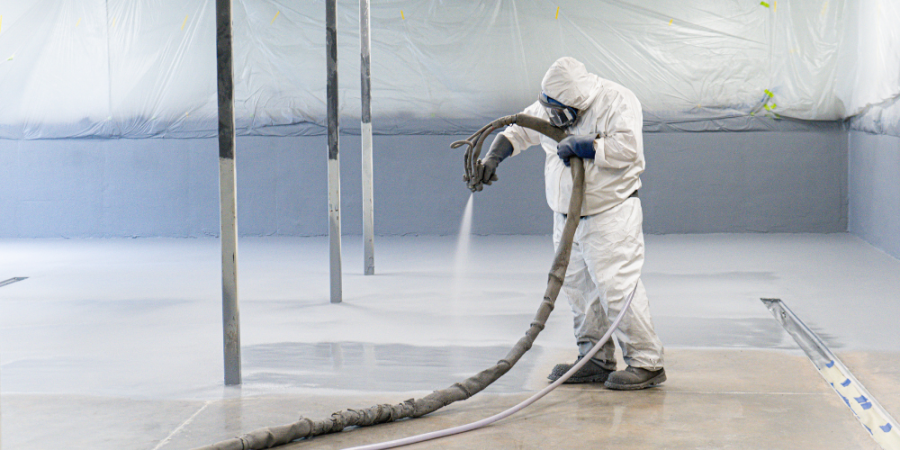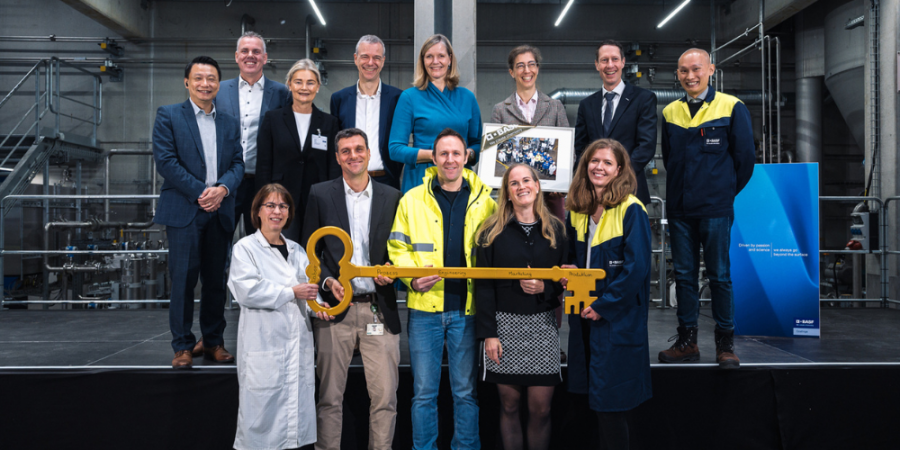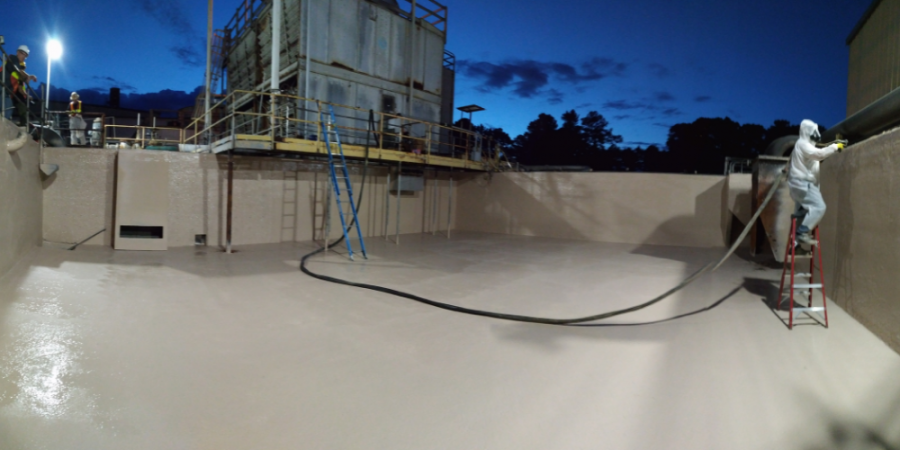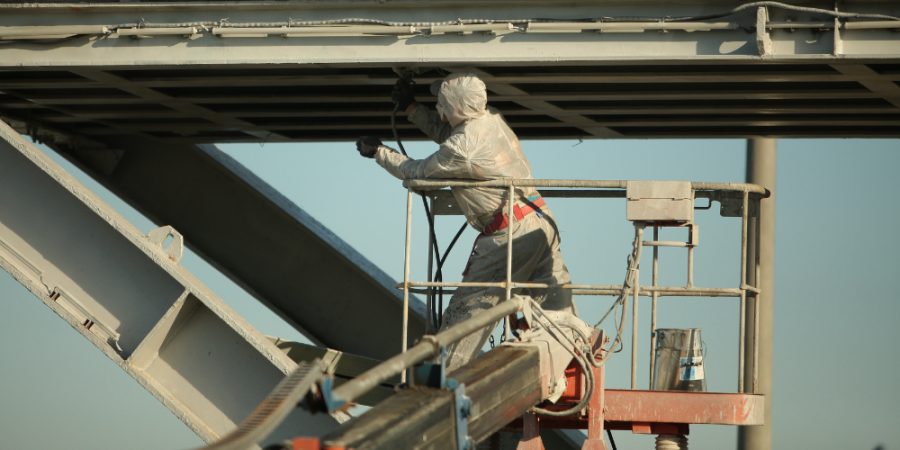Investigation Showed Bridge had Uncoated, Weathering Steel
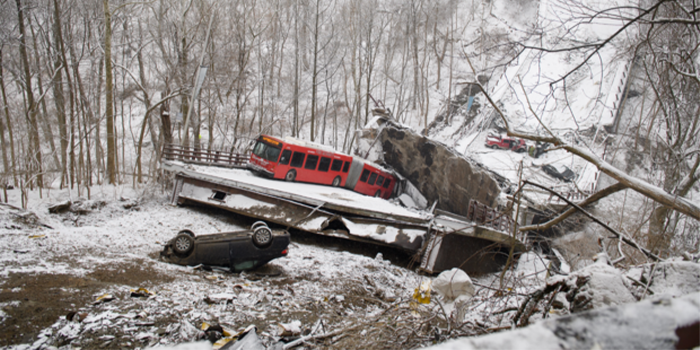
PITTSBURGH, PA – February 23, 2024 – On Wednesday (Feb. 21), the National Transportation Safety Board held a meeting to announce its findings in the investigation of the 2022 Fern Hollow Bridge collapse in Pittsburgh.
According to reports, the NTSB found major issues regarding the way the city maintains and repairs bridges, concluding that the bridge should have been closed years before its collapse.
Collapse Background
On Jan. 28, 2022, the Allegheny County Police Department was notified about a partial bridge collapse over Frick Park. Emergency crews arrived at the Forbes Avenue Bridge, also referred to as the Fern Hollow Bridge, around Forbes and Braddock avenues.
Initial reports indicated that an articulated Port Authority bus and four passenger vehicles were on the bridge at the time of the collapse, along with a fifth passenger vehicle that drove off the east bridge abutment following the collapse. First responder crews rappelled 100 to 150 feet to reach victims, while others formed a “human chain” to rescue people from the bus.
A preliminary NTSB investigation reported that the bridge was an uncoated, weathering steel, three-span, continuous rigid “K” frame structure with two welded steel girders, welded steel floor beams and rolled steel stringers. The ends of the structure rested on reinforced concrete caps on stone masonry abutments, with each girder additionally supported by two inclined, welded and uncoated weathering steel frame legs on concrete thrust blocks.
In May of that year, the NTSB provided an update on the recovery of structural components and tests currently being conducted to evaluated materials used when constructing the bridge, as well as a review of new footage recovered from a transit bus camera system.
Investigators reviewed video footage from the time of the collapse from two of the cameras on a Port Authority transit bus. The cameras, one forward-facing and one rear-facing the curbside, were determined to have “investigative value” with frames depicting events of interest.
That same month, a newly released inspection document revealed that the Fern Hollow Bridge had “major decay” prior to its collapse, including exposed rebar, corrosion, holes in the steel crossbeams and spalling in the bridge deck.
In December 2022, officials opened the new Fern Hollow Bridge, after the construction of the replacement structure was completed less than a year after the original bridge’s collapse in January. The bridge is currently open to a single-lane of bi-direction traffic.
In December 2023, an investigation from Scripps News using newly released federal data reportedly showed the unexpected difficulties in repairing bridges in the nation that are corroded, cracked and at a heightened risk of being shut down.
According to the report, billions of federal tax dollars are going towards fixing worn out bridges coast to coast as over 14,000 in all 50 states and Washington, D.C. have been ranked in poor condition for at least a decade.
Also, in January, new information was released from the NTSB, reportedly revealing failures by the city to properly service the structure and other bridges.
According to reports, these new documents showed that the consultant who led multiple inspections of Fern Hollow and other bridges told the city several times that it needed to keep drains clear of debris.
The city stated in response to these claims that it did not ask its maintenance contractor to clean expansion joints or drainage system on the Fern Hollow bridge in the three years before the collapse. Additionally, the city had admitted to not creating a maintenance schedule for expansion joints or stormwater drainage at bridges.
The NTSB documents reportedly raised concerns over the Pennsylvania Department of Transportation's bridge inspection procedures, as the city's bridge inspection consultant said he was allowed only two six-hour periods to inspect the bridge.
Finally, in February, the National Transportation Safety Board announced that later this month it would hold a meeting to determine the probable cause of the Fern Hollow Bridge collapse in Pittsburgh.
According to a report from CBS News Pittsburgh, the NTSB planned to hold the virtual board meeting on Feb. 21 at 9:30 a.m. to vote on final findings from the investigators, the probable cause and recommendations for the future.
A release from the NTSB adds that any additional information can be found in the public docket for the investigation, including detailed information, reports, interview transcripts and other investigative materials.
Investigation Findings
“The Fern Hollow Bridge collapse should never have happened,” NTSB chair Jennifer L. Homendy said in an during a public meeting to discuss the investigation findings.
Investigators stated that PennDOT and the city failed to perform an accurate analysis of the bridge's load capacity. According to officials, if the investigation had been done correctly the bridge would have been shut down in 2014.
The NTSB added that extensive corrosion and section loss in the southwest leg of the bridge contributed to the collapse, though the bridge reportedly would not have fallen if the city had provided regular maintenance.
“The city of Pittsburgh was responsible for inspecting and maintaining the Fern Hollow bridge,” said NTSB senior structural engineer Dan Walsh.
“Similar maintenance and repair recommendations were made in the inspection reports for more than 15 years leading up to the collapse. But the city failed to act on them, resulting in progressive corrosion to the point of failure.”
Another report from the Pittsburgh Post-Gazette says that, during the virtual meeting, the board members voted unanimously to adopt the proposed findings and subsequent recommendations.
Clogged drains on the bridge deck reportedly accelerated the corrosion on the bridge, as previously indicated in preliminary investigations. Inspectors made maintenance and repair recommendations every year starting in 2005, though the NTSB stated that the city failed to act on them.
During the meeting, NTSB officials outlined concerns, including a porous inspection process that missed glaring deficiencies, as well as poor maintenance and failures by the city and state to respond in a timely manner to urgent alerts.
The southwest leg was reportedly in the worst shape, though all four legs had been seriously damaged for years, having never been identified as fracture critical. According to reports, if the legs had been flagged and repaired, the span would never have caved in.
To prevent future tragedies, the NTSB also reportedly recommended certain changes at all levels of government, including that:
- The city should keep more detailed records of repairs, and work with PennDOT to develop a routine maintenance program;
- PennDOT should publish yearly data on bridge deficiencies and repair recommendations; and
- The Federal Highway Administration should conduct a targeted review of safety issues presented in Wednesday’s meeting.
“Everybody wants to build and nobody wants to do maintenance,” said Homendy.
The NTSB also reportedly placed some blame on PennDOT for failing to follow national standards for bridge inspections and failing to push the city to perform the needed repairs.
The Office of Pittsburgh Mayor Ed Gainey stated that it will not dispute the NTSB findings, adding that the bridge inspections were performed by consultants. The city has now reportedly created a new Bridge Maintenance Division and increased funding for bridge maintenance and repairs by 300%.
“We continue to set up structures to ensure we don’t ever have to wake up to that nightmare again,” Mayor Gainey said at the meeting.
Pittsburgh Communications Director Maria Montaño said in an email that the city has since examined inspection reports for all the bridges it owns “and has been working diligently to address all critical tasks identified in those reports."
She added that most “high priority” tasks have been resolved or are in the process, and the city has reviewed all its bridges' “fracture critical” components and made sure they are draining properly.
The old bridge had reportedly been under a 26-ton posted weight limit, though investigators said a more accurate inspection would have reduced that to about 6,000 pounds, which may have then required its closure.
The board played an animation at the meeting of the collapse along with video from the bus, operated by the Port Authority of Allegheny County, now known as Pittsburgh Regional Transit. It showed the moments when the bridge began to fail and then dropped.
“The failure began when a steel tie-plate on the bridge's southwestern leg gave way because of corrosion and structural loss,” said NTSB senior accident investigator Dennis Collins. “The city also made improper load calculations, in part because paving records did not show the asphalt was twice as thick as inspectors believed.”
The city's bridge inspection program also failed to identify all the structure's essential fracture critical sections that would require closer monitoring, Collins added.
Additionally, steel cables were added to shore up the bridge in 2009, but they were intended as a temporary solution, and a long-term fix was not completed.
“The Fern Hollow catastrophe was a serious wake up call for both the city of Pittsburgh and PennDOT,” Homendy said. “We cannot take infrastructure for granted. Lives depend on it.”
For use by SprayFoamMagazine.com & Spray Foam Magazine
Disqus website name not provided.



